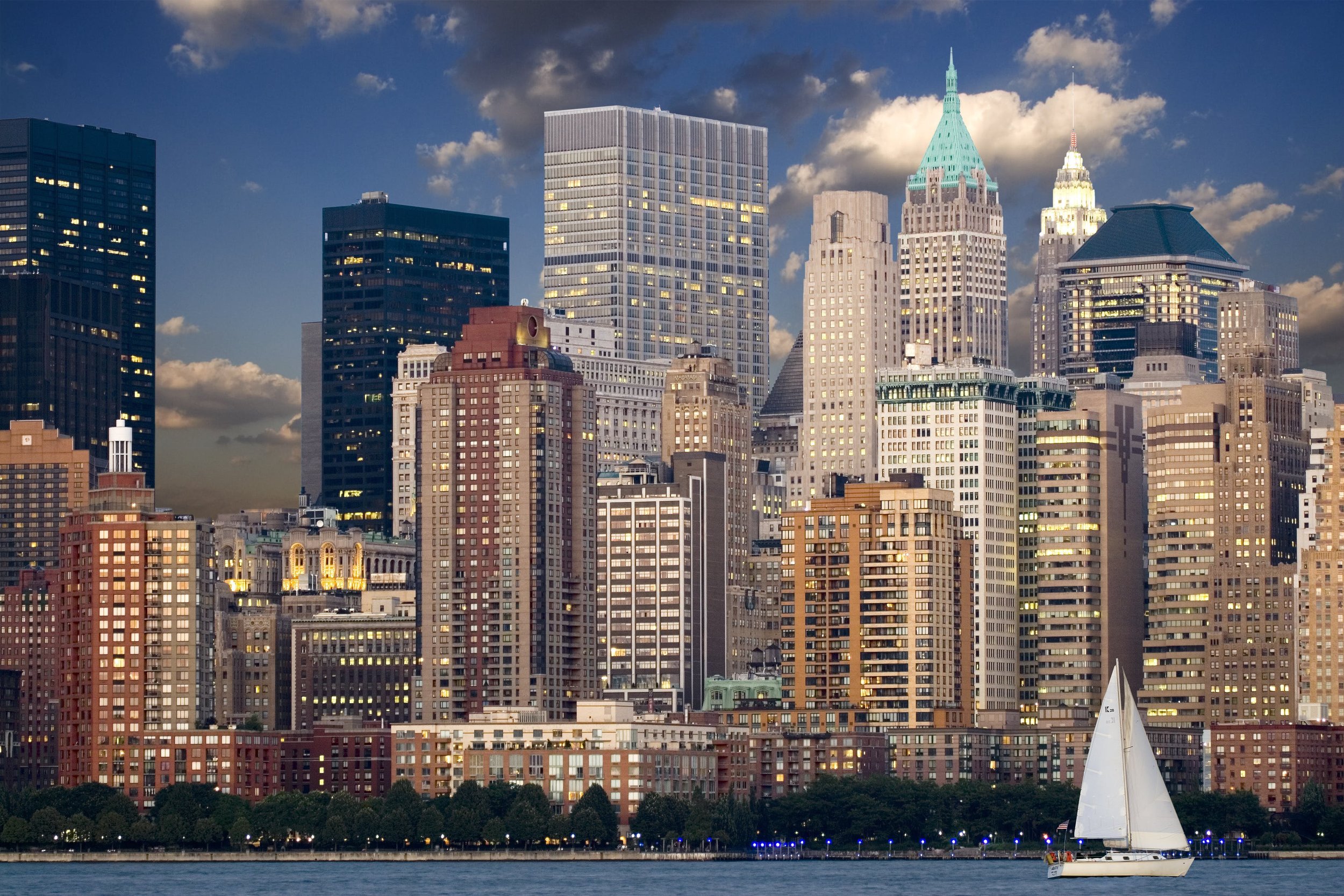Building to New Heights: The Argument for High-Rise Cities
Historically, tall buildings have been a sign of wealth and cultural development. Today, they can help architects save space and keep up with the growing population. In fact, 68% of the world’s population is projected to live in cities by 2050.
Some people argue that high rises cause congestion. On the other hand, many pro-density advocates counter that they free up land and reduce construction costs. How can building tall pack in sustainable and housing advantages? Here are some more of the benefits of high-rise cities.
image © pexels
1. Creates More Homes in In-Demand Areas
High-rise buildings create available homes in popular areas with limited spacing. Tokyo is heralded as a prime example of the positive effects of building big — though Tokyo is one of the most densely-populated cities in the world, its less restrictive zoning policies allowed housing construction to match the pace of its massive population growth between 1995 and 2019.
Many residents enjoy a closer commute to their work or the nightlife. High-rise construction allows more city dwellers to enjoy desirable locations while easing some of the supply constraints that can come with significant population growth.
2. Increases Public Transportation Usage
Many high rises are close to public transportation options. This encourages residents to use them more often. Also, with a denser population, people may be more inclined to take the bus to work to avoid sitting in traffic. In turn, this makes the development and improvement of public transportation infrastructure more attractive for local and state governments.
Increasing public transportation use is good for the environment. In 2020, about 123.73 billion gallons of gas were consumed in the U.S. alone. Gas releases carbon dioxide, which increases air pollution and exacerbates global warming.
While many regions need stronger transportation infrastructure, local governments are less likely to prioritize these needs without a strong base of demand. Denser urban centers and better transportation policies work hand-in-hand to create a positive environmental benefit.
3. Increases Housing Affordability
With the increase of new homes, prices may drop. When there is more supply than demand, it becomes a buyer's market. Often, housing is more affordable for buyers in this type of economy.
While this view is a simplistic way of boiling down housing prices, it is true that housing construction in countries like the U.S. and Canada has been far from what is needed to accommodate population growth and migration, pushing prices up in desirable cities. As mentioned, these are the urban centers where high-rise construction makes the most sense.
Building high puts downward pressure on prices even if new developments are marketed at above-market price points. In a few decades, these new constructions will be considered the mid-market option — and in the meantime, wealthier residents won’t be competing for a limited supply of older properties against lower-income tenants, a key cause of displacement.
Creating more cost-effective properties can help keep people off the streets. It's also essential to have more affordable housing in areas that tend to be more expensive to live in. For example, the cost of living in Manhattan is 154% higher than the national average — any boost to the housing supply can help expensive cities inch toward solutions to the affordability crisis.
4. Experiments With Sustainable Construction Methods
Contrary to popular belief, it is possible for the scale of big construction projects to mitigate the cost of initial carbon emissions with the benefit of providing a large amount of housing at once. This is even easier to achieve with the adoption of sustainable building materials and construction techniques that ease the carbon footprint of major construction projects.
For example, many high-rise residential buildings are constructed with steel beams — tall cranes and shining steel building skeletons are what most people think of when they think of skyscraper construction, after all.
However, mass timber projects are also growing in popularity. Mass timber is being adopted by some architects for its energy efficiency and ease of construction, and new developments make these frames more fire-resistant, too. Having a variety of materials at hand helps architects plan major developments that can better achieve LEED certification and meet energy efficiency goals.
5. Provides Better Air Quality
Higher floors are farther away from airborne pollutants, such as carbon dioxide. Most apartment systems use a pressurized corridor system. This is where a rooftop unit pumps air down into the corridors. Then fresh air comes under the apartment door and is released through a bathroom duct.
In addition, taller buildings allow for more natural light. The sunlight can help reduce mildew and mold growth. It can also make people feel happier and more relaxed, which is a definite win for residents and commercial spaces alike. Another perk of being on higher floors is residents experience less noise and a better view.
The Rise of Tall Buildings
Skyscrapers line the skies of many cities, such as New York. However, some people argue they create congestion and can be harder to maintain. However, high-rise buildings can provide many benefits, such as lowering housing prices. So, as urban development continues, high-rise construction could be the new trend.
cover iamge © pexels







